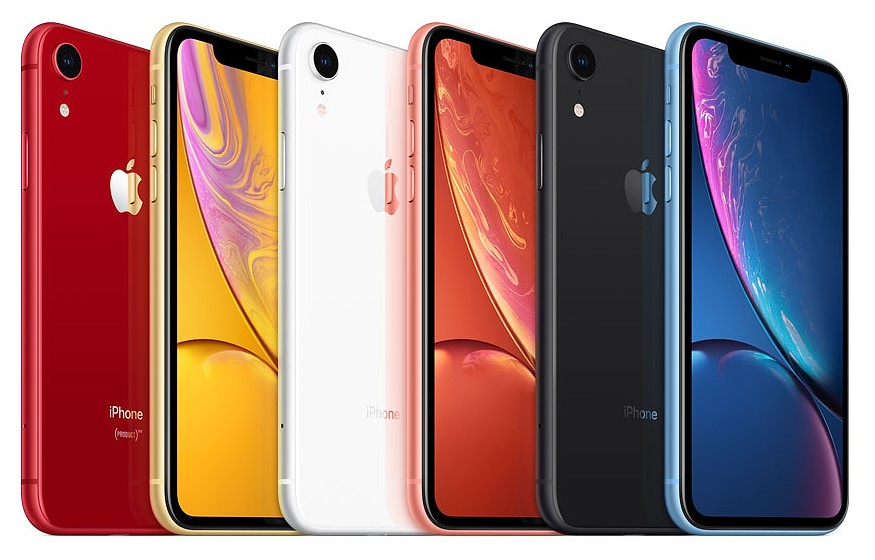- Joined
- Apr 1, 2014
- Messages
- 502 (0.14/day)
| System Name | Personal Rig |
|---|---|
| Processor | Intel i5 3570K |
| Motherboard | Asus P8Z77-V |
| Cooling | Noctua NH-U12P Push/Pull |
| Memory | 8GB 1600Mhz Vengeance |
| Video Card(s) | Intel HD4000 |
| Storage | Seagate 1TB & 180GB Intel 330 |
| Display(s) | AOC I2360P |
| Case | Enermax Vostok |
| Audio Device(s) | Onboard realtek |
| Power Supply | Corsair TX650 |
| Mouse | Microsoft OEM 2.0 |
| Keyboard | Logitech Internet Pro White |
| Software | Legal ;) |
| Benchmark Scores | Very big |
FFS. Always the same idiots with the same so-called arguments.
IT'S NOT JUST ABOUT PERFORMANCE YOU MUPPETS. It's about HAVING SOFTWARE THAT PEOPLE RELY ON running an Arm. It's about the fact that x86 has an enormous, decades-old library of applications, many of which no longer have source code available, many of which are relied upon by massive organisations for their day-to-day operations.
S**tty Apple laptops that going to do nothing more than run a web browser and MS Office and various other trash from the iStore do not have any of those concerns. Nobody buys or uses Apple latops to do real software development (sorry JS users, VS Code and NPM aren't real software, they can be run on a toaster). So the x86 ecosystem isn't something that Apple needs to care about, just their own, which is small and has been moving to Arm for the last decade so that Apple can offer One OS To Rule Them All across all their devices, not just phones. Thus it is trivial for Apple to replace x86 CPUs with Arm CPUs in their "laptops" that are actually iPads with permanently-attached trackpads and keyboards.
And stop posting that stupid AnandTech article. It's essentially free advertising for Amazon/Graviton2 because it contains ZERO real-world benchmarks. NONE. Amazon can provide all the Arm hardware in the world, the end-user is still responsible for the actual software running on those instances and guess what, you aren't going to find very much cloud-relevant software that compiles to Arm because nobody gives a s**t about Arm in the cloud. There are no big-name webservers with Arm binaries, there are no big-name databases with Arm binaries, and there is nobody in those projects rewriting their code to be performant on Arm because there is no incentive for them to do so.
x86 is not going away, ever. Arm is not going to displace it, ever. Stop dreaming, start thinking for a change.
You need to wake up in 2020, sir. Things like emulation exists and most software can be ported over to ARM without too much difficulty. Other than some very purposeful machines (think CNCs) everything else can easily switchover to arm, if and when performance will be there. It's that much easier for apple, since it has tighter control on their platform.



 ).
).


